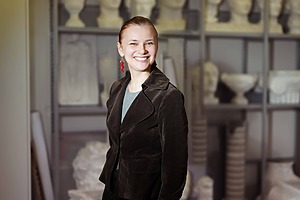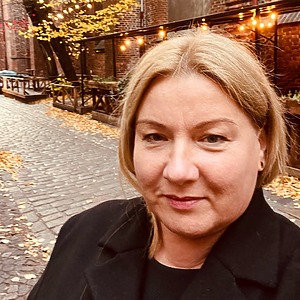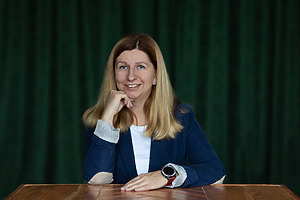Why do some communities unite in times of crisis, while others fall apart? The study of Kaunas University of Technology researchers revealed a surprising link – cultural heritage is not just a historical asset, but also a powerful tool that helps people build a sense of belonging and act collectively when challenges arise.
Cultural heritage as a foundation for resilience
Interestingly, the KTU study revealed that cultural heritage plays a vital role in fostering community resilience. “Cultural heritage is a key part of a vibrant community identity – it helps people understand both their uniqueness and their connectedness,” says Indrė Gražulevičiūtė-Vileniškė, associate professor at KTU.
According to her, cultural heritage forms the foundation of community identity, nurturing a sense of place, continuity, ownership, and belonging. Preserving heritage not only strengthens historical ties but also promotes trust, collective responsibility, and shared vision for the future – qualities that help communities withstand external pressures.
Another key ingredient of resilience is trust. “Trust among community members and between citizens and institutions acts like glue – it helps communities come together more quickly and solve problems more effectively,” says Prof. Dr Lina Šeduikytė. She emphasises that trust is not just an emotion – it’s a structural element that enables responsible, efficient action, especially in times of need. The more transparency, inclusion, and dialogue there are between institutions and citizens, the stronger and more resilient the community becomes.
A rich heritage but limited citizen power
While cultural heritage and trust are crucial, true resilience also requires genuine public involvement in city planning and decision-making. The KTU researchers and foreign partners conducted a study in Lithuania as part of the Erasmus+ project UPRUN. The study found that although Lithuanians value their heritage and environment, many feel powerless to influence their surroundings.
“Urban planning may include formal surveys, but real opportunities to participate are often lacking. There’s little feedback, and information doesn’t always reach everyone. This causes frustration and erodes trust in institutions,” says Dr Mlinkauskienė.
Gražulevičiūtė-Vileniškė adds that true inclusion goes beyond surveys – it requires meaningful engagement in decision-making, workshops, and interactive platforms where people’s ideas are seen and implemented.
Researchers from KTU’s Faculty of Civil Engineering and Architecture (SAF) stress that participation must be inclusive – not just for the most active or educated citizens. Information should be accessible in different formats, both online and in person. “We have to go to the people, not wait for them to come to us,” says Januškienė. According to her, resilience begins with listening, empathy, and recognising diversity as a strength.
Many other European cities face similar challenges – passivity, limited engagement, mistrust of institutions, and planning processes that exclude real community input.
She believes that a resilient city is not a utopian dream – it’s an achievable goal. It’s a city where citizens are engaged, and heritage is not just a museum exhibit, but a living part of the urban fabric.
“Such cities are not built by one big decision, but through many small, purposeful steps – honest dialogue, trust-building, and collaborative initiatives. This is how we create the city of the future, where the community is not just a bystander, but an active creator,” she says.
The article Fostering Resilient Communities Through the Interaction of Heritage, Policy, and Participation: Insights from a Lithuanian Case Study, is available here.






